Building of the Day: 418 Sackett Street
Brooklyn, one building at a time. Name: The Daniel and Sarah Hasbrouck House Address: 418 Sackett Street Cross Streets: Corner Hoyt Street Neighborhood: Carroll Gardens Year Built: 1852 Architectural Style: Transitional Greek Revival-Italianate Architect: Unknown Landmarked: No, but really should be The story: Way back in Dutch Brooklyn, this was Bergen land. The Bergen family…
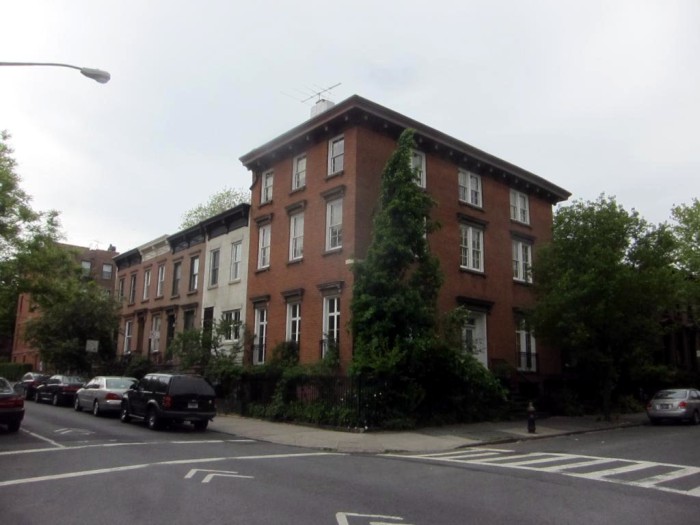

Brooklyn, one building at a time.
Name: The Daniel and Sarah Hasbrouck House
Address: 418 Sackett Street
Cross Streets: Corner Hoyt Street
Neighborhood: Carroll Gardens
Year Built: 1852
Architectural Style: Transitional Greek Revival-Italianate
Architect: Unknown
Landmarked: No, but really should be
The story: Way back in Dutch Brooklyn, this was Bergen land. The Bergen family had several branches, all of whom owned property all over the place, from one end of Brooklyn to the other. One parcel was here, in South Brooklyn, where Jacob and Catherine Bergen had a farm. The farmhouse stood about where this house now stands. Their daughter Sarah, born in 1820, would go upstate to be educated at Emma Willard’s Troy Female Seminary in 1832. The school, ten years old at that point, was one of the first women’s schools in the nation. Located in Troy, near Albany, it also was a pioneer in a woman’s full education, with math and science, as well as the humanities. Sarah Bergen came back to Brooklyn at the death of her mother, and in 1851, married Daniel Bacchus Hasbrouck, originally from the Syracuse area.
Hasbrouck was born in 1819, and came to Brooklyn as a young man. He was involved in various businesses and was well connected in both Brooklyn and Manhattan. After his marriage, he became head of Manhattan’s Metropolitan Police from 1857 to 1878. Most of his money was made in the surface railroad lines; the trolleys. Over the course of his life he was vice-president and president of several Brooklyn trolley lines, as well as lines in the Bronx and Manhattan. He was a stockholder in several major lines, and by the time he retired, he had been the director of the New York City Railway Company, and the secretary of the New York Street Railway Association, an umbrella group for most of the city’s trolley lines.
Daniel Hasbrouck was also involved in Brooklyn politics, although he never held office. He was good friends with JohnJames Stranahan, who spearheaded the efforts to build Prospect Park, and he was one of the benefactors to that park, and for many other civic improvements and organizations. When he married Sarah, they got the farm, which was being sold off for development. The Hasbroucks tore down the old homestead and had this large three story transitional Greek Revival and Italianate house built here on the corner of Sackett and Hoyt Streets.
Daniel and Sarah had three daughters. Both parents had very long lives. Sarah died in 1899 at the age of 79. Daniel lived even longer, and was known as one of the oldest residents of Brooklyn. Neighbors recalled seeing the retired railway executive taking his daily walks until his death at the age of 93, in 1911. One of their daughters died relatively early, and the other two married. Louise Hasbrouck married Frederick H. Lane, and had a son, also Frederick Hall Lane. She died in 1910.
The other remaining daughter married Frank B. Jackson and also had one son, also named Frank. Both daughters and their children lived in this house at some point. The Jacksons were living here when Daniel died in 1911. The house was also home to Mrs. Catherine Bergen Wyckoff, a cousin of Sarah’s, and the last of this line of Bergen’s. She died here in 1919.
Fred Lane, Daniel and Sarah’s grandson, became an important chemist, and a member of the Society of Chemical Industry. His cousin, Frank Jackson rose high in the Masons, and was secretary of the Aurora Grata Lodge of Perfection, one of Brooklyn’s largest and most important Masonic lodges, located on Bedford Avenue in today’s Bedford Stuyvesant.
Frank Johnson sold the house in 1921. The buyer was Dr. Pasquale J. Imperato and his wife Helia. Dr. Imperato was one of South Brooklyn’s most important and influential medical men. He was a president of the Kings County Medical Society and also the South Brooklyn Medical Society, which he founded. He was very much involved with public health issues of the day, especially in regards to tainted milk, street cleanliness and the spread of communicable diseases, and vaccinations for children. He raged an uphill battle for decades advocating for better public health, especially for the poor. The Imperato’s son Alfred also became a doctor. Dr. Imporato lived here from 1921 until his death in 1969, at the age of 75. Helia Imperato lived until 1984, but moved from the house before that time.
The house has passed to other owners, and is now a three family. The huge solar panels were placed on the roof in the last few years. Despite said panels, the house should be an individual landmark. The house has the history, the provenance, and the architectural and social importance to be designated as such. Carroll Gardens is inadequately represented by landmarking as it is.
(Photo: Nicholas Strini for PropertyShark)
GMAP
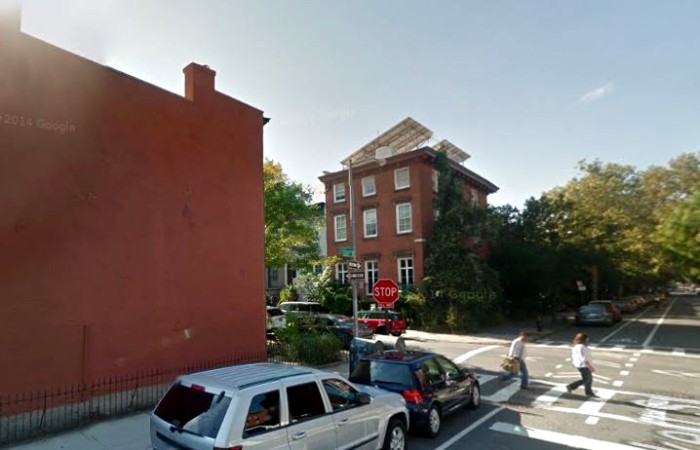
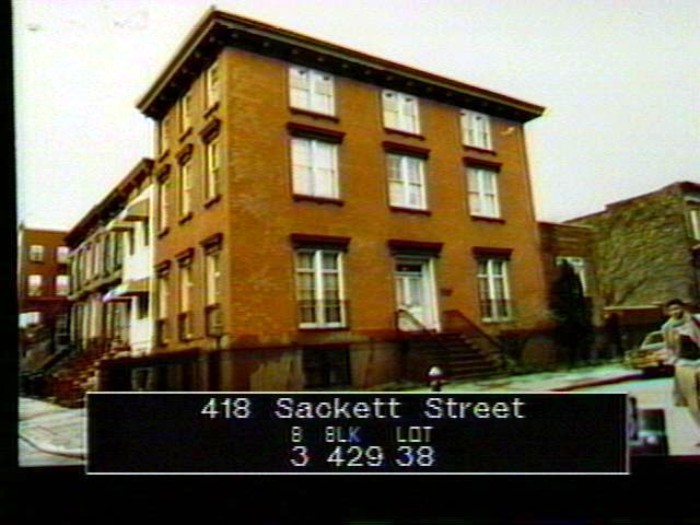
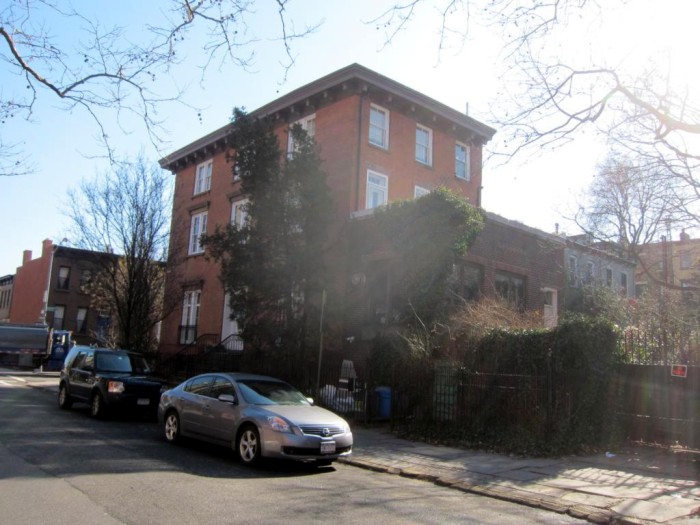
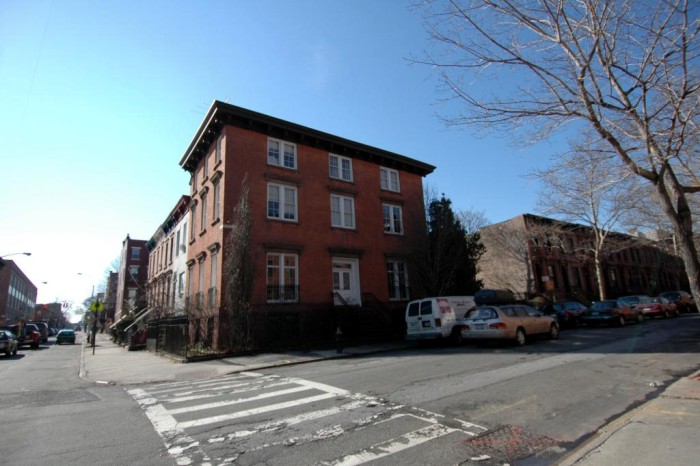

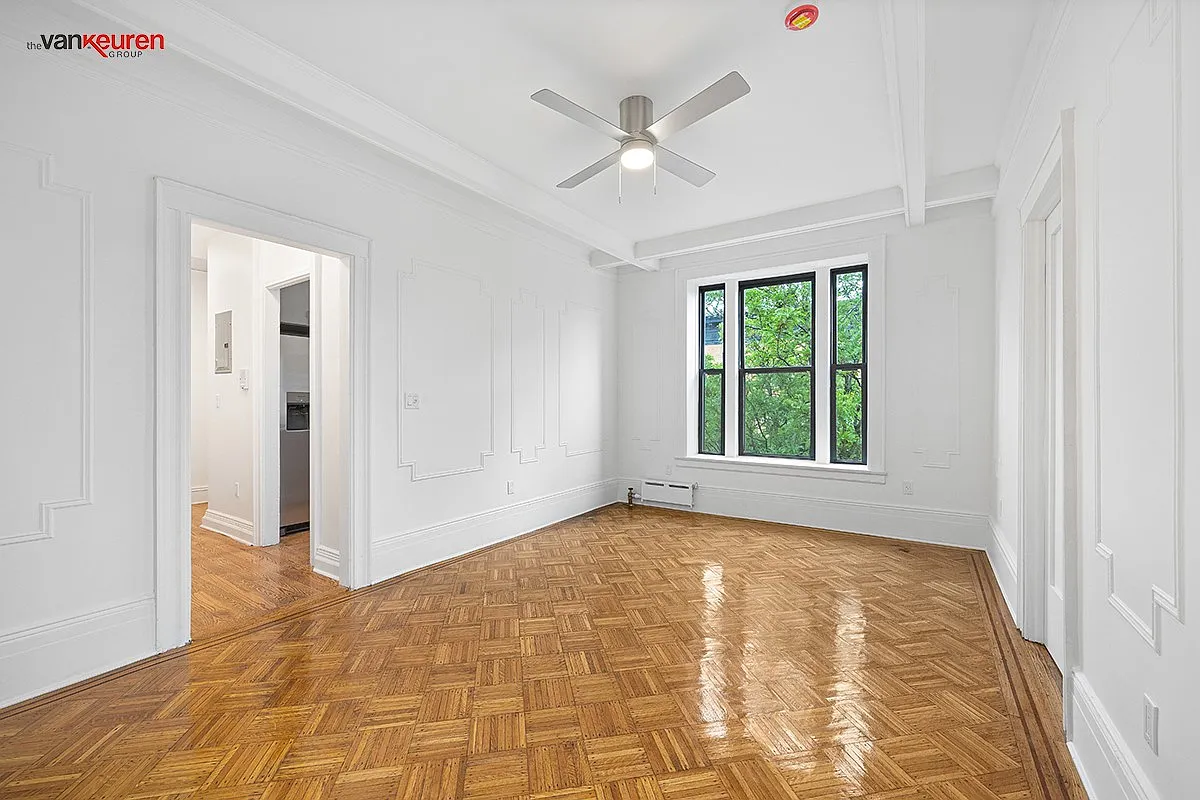
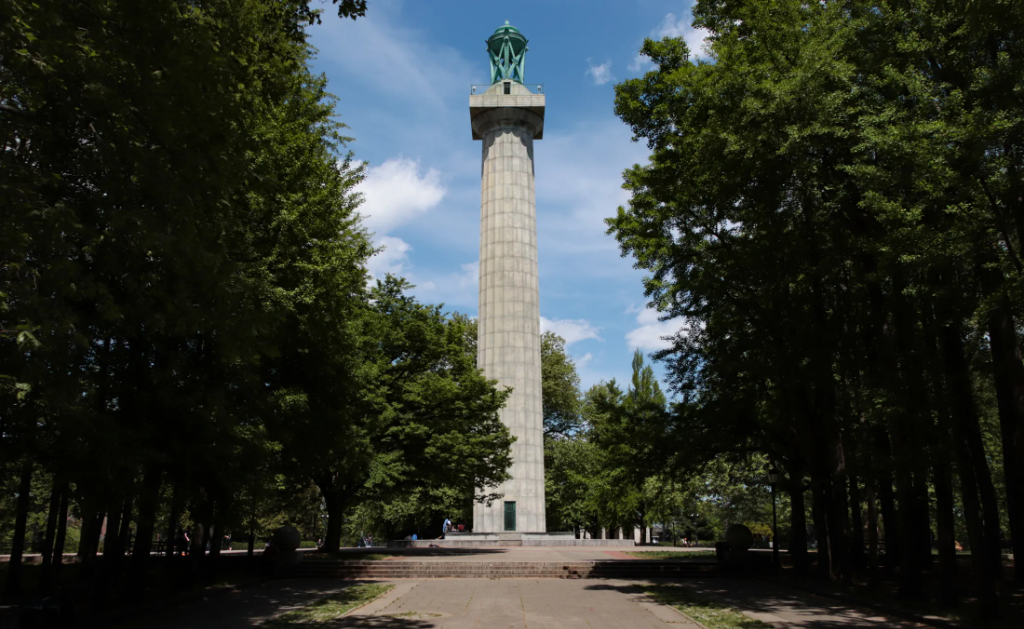
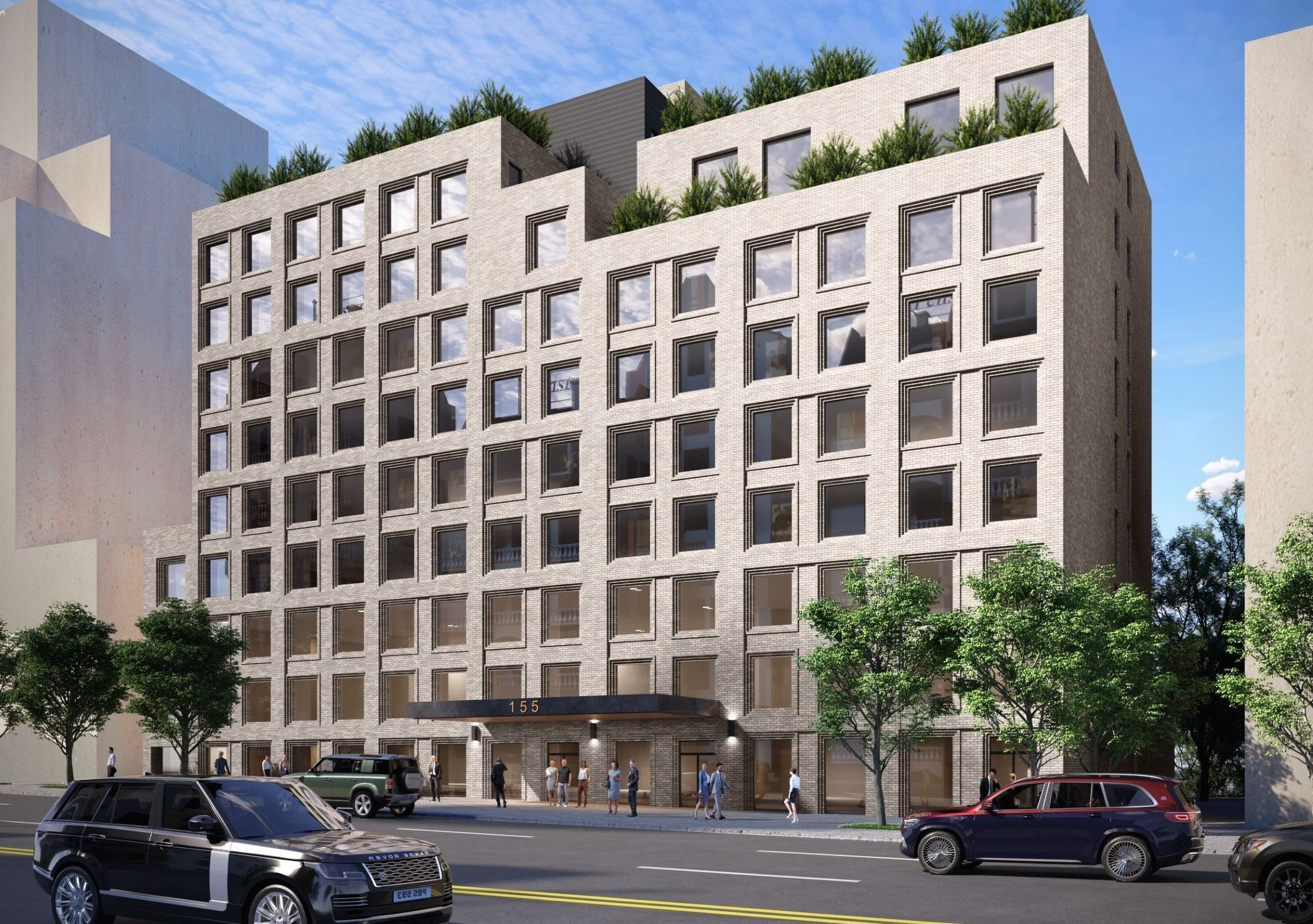
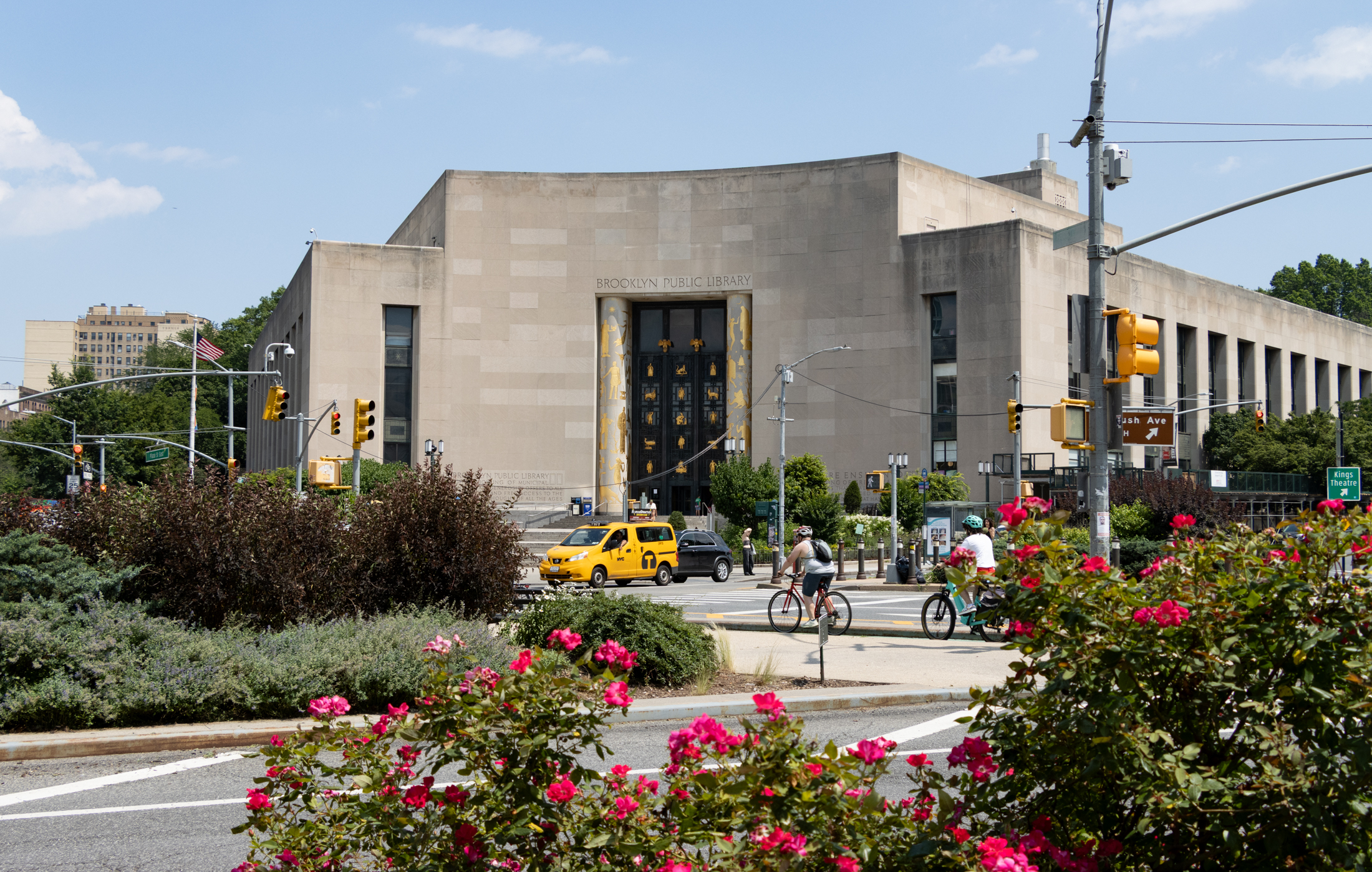
I too wanted this house. Saw it when it was on the market around 1989-90. Seemed like the whole neighborhood turned out for the open house. The place was in the middle of a diy complete reno and was unlivable but potentially stunning.
I think the strong opposition to expanding the historic district in CG is mostly historical at this point. Way back (the 1960’s proposed designation), Italians viewed the government with suspicion. More recently (around the time of the height limit proposal), a very few deep pocket “investors” in the neighborhood hired people to attend street fairs and to walk around the neighborhood engaging residents, to brainwash the old timers – “the government is going to decrease the value of your property and cheat you and your children by preventing you from making changes.” This is not speculation; I witnessed it personally more than once. The old timers are now in the minority.
When I moved here in the 80’s the house was on the market. I think they were asking in the $200,000’s and it needed at least $100,000 worth of work. It was a scary wreck with broken windows. The current owners have done a magnificent job restoring the house.
As for land marking more of Carroll Gardens, there is strong opposition to expanding the historic district.
My favorite house in Carroll Gardens